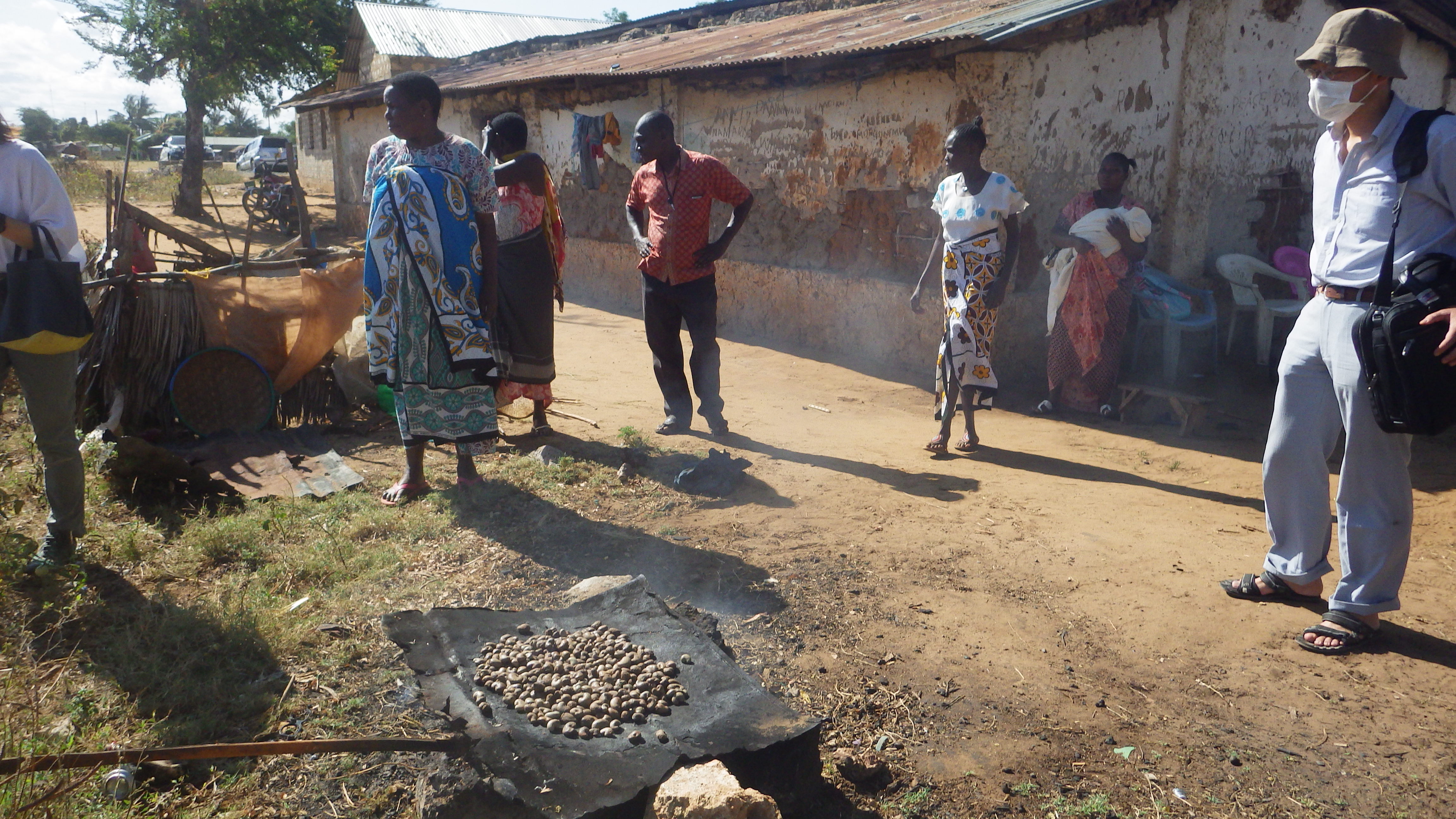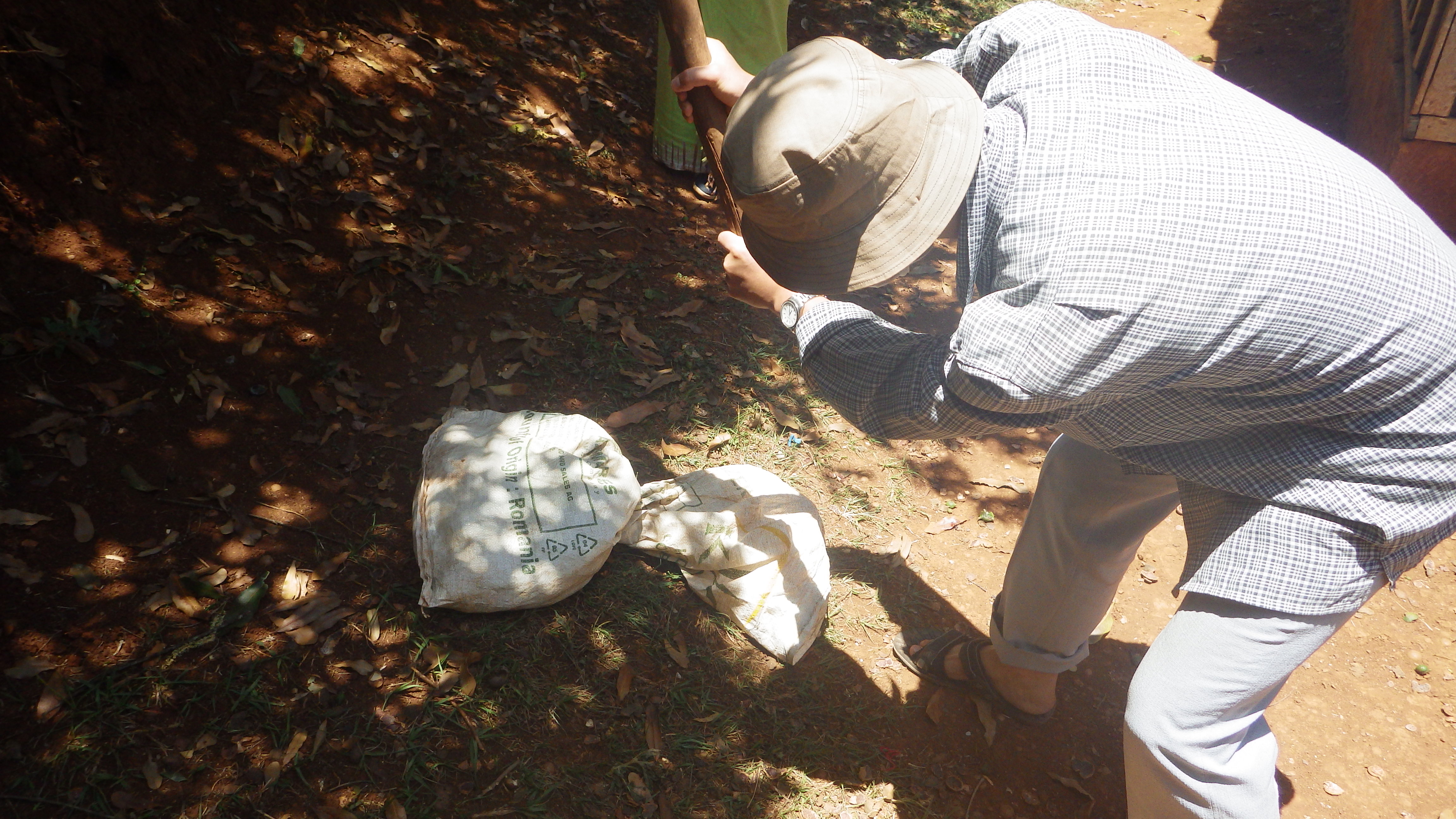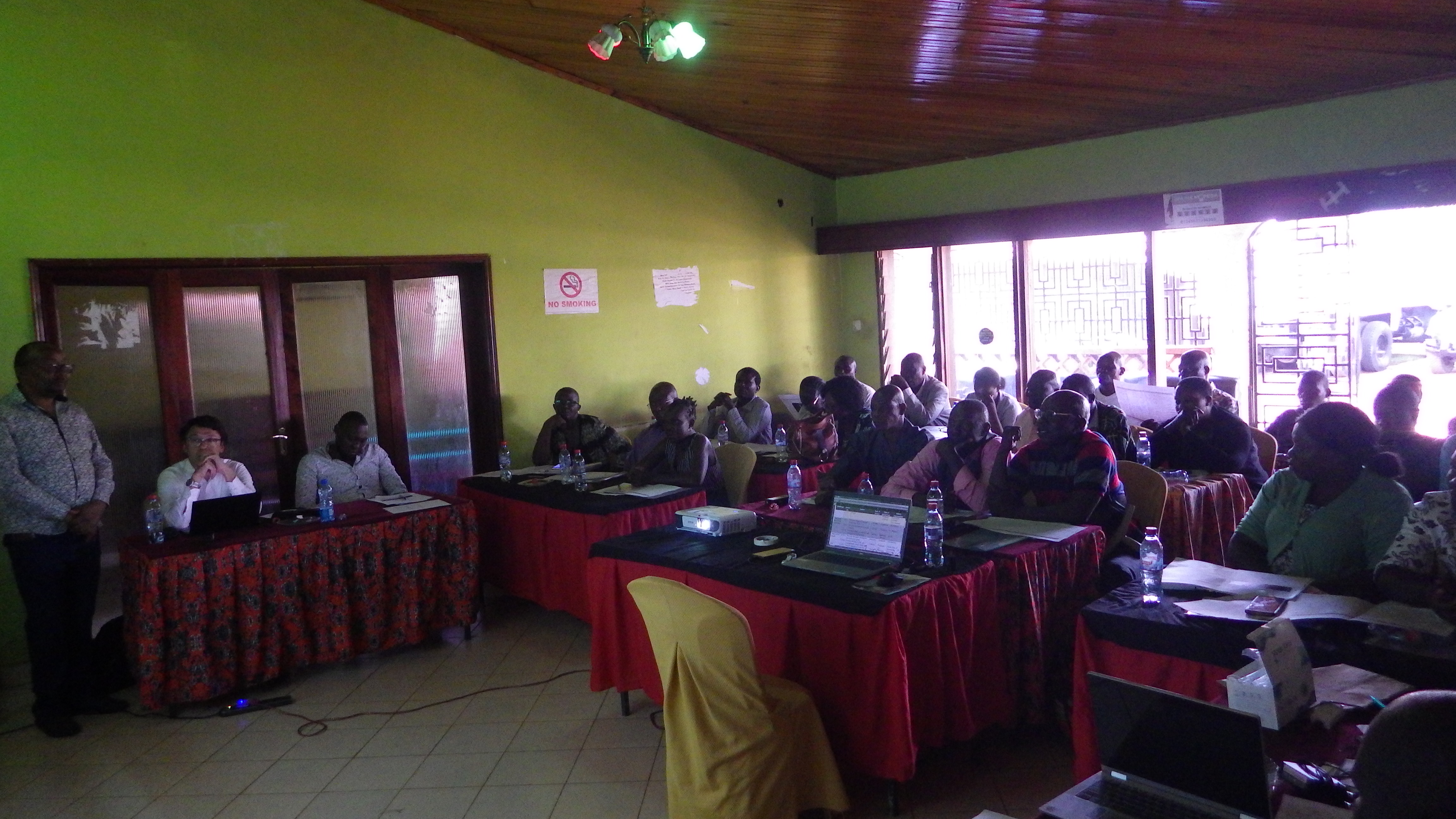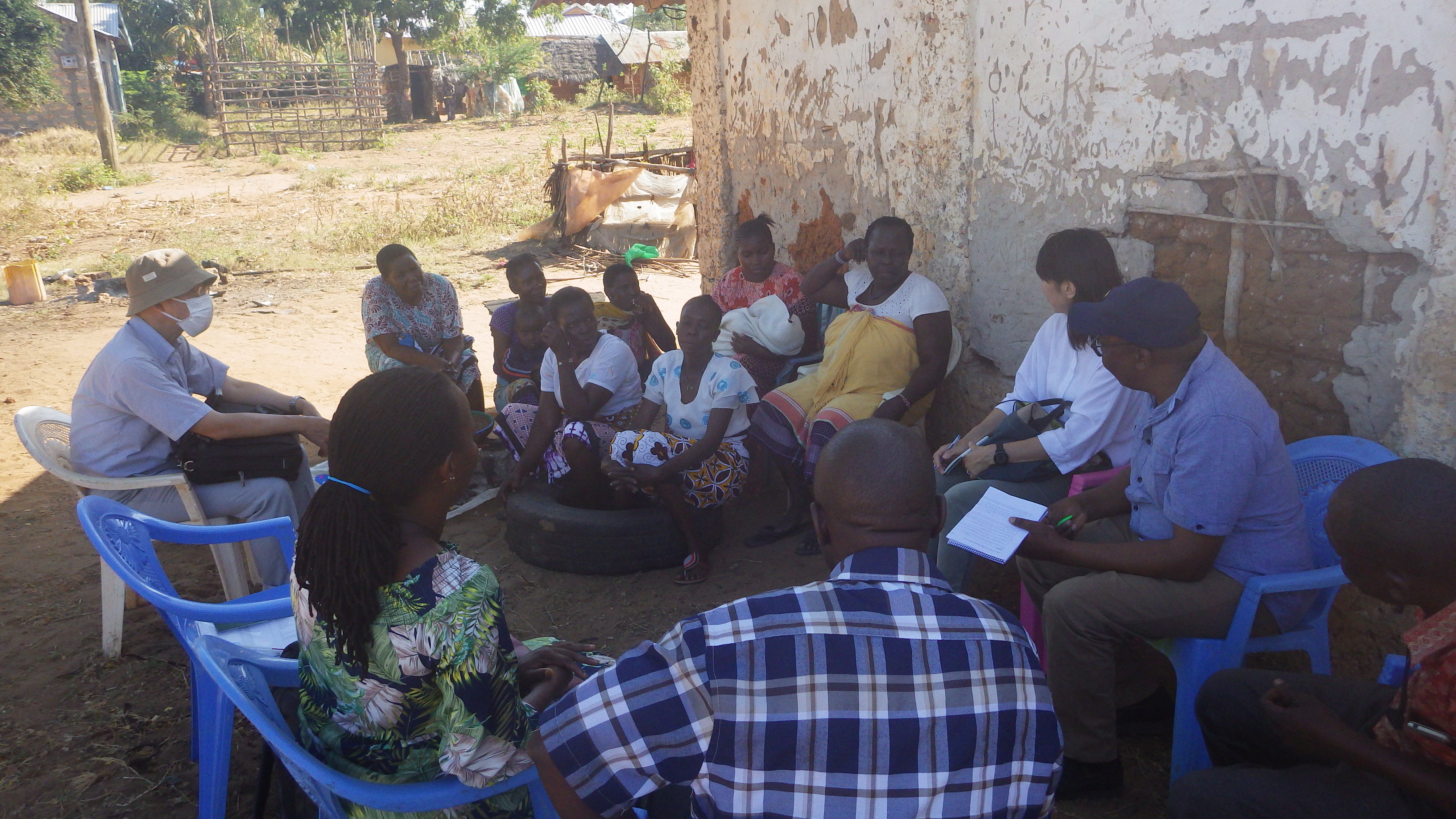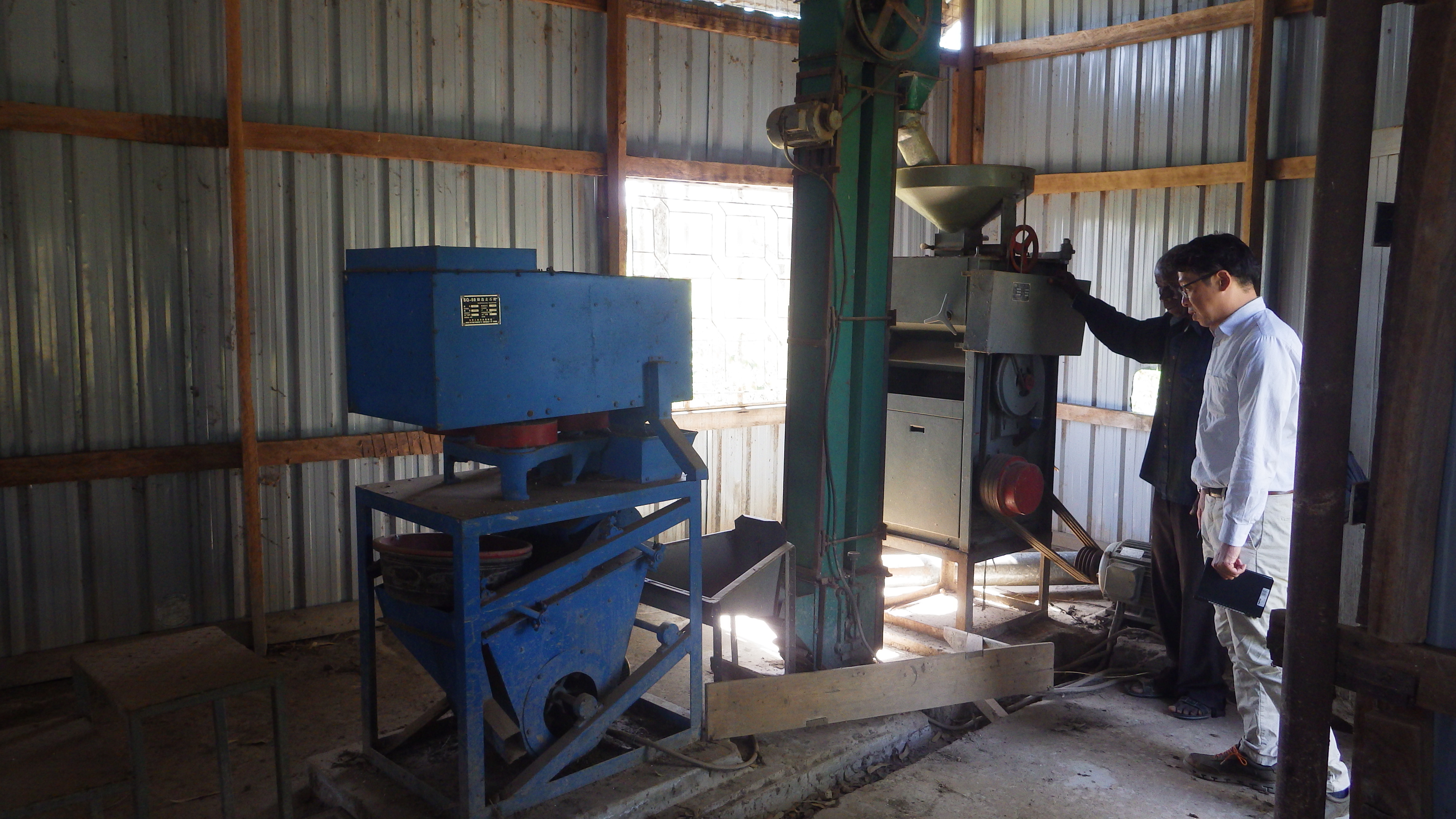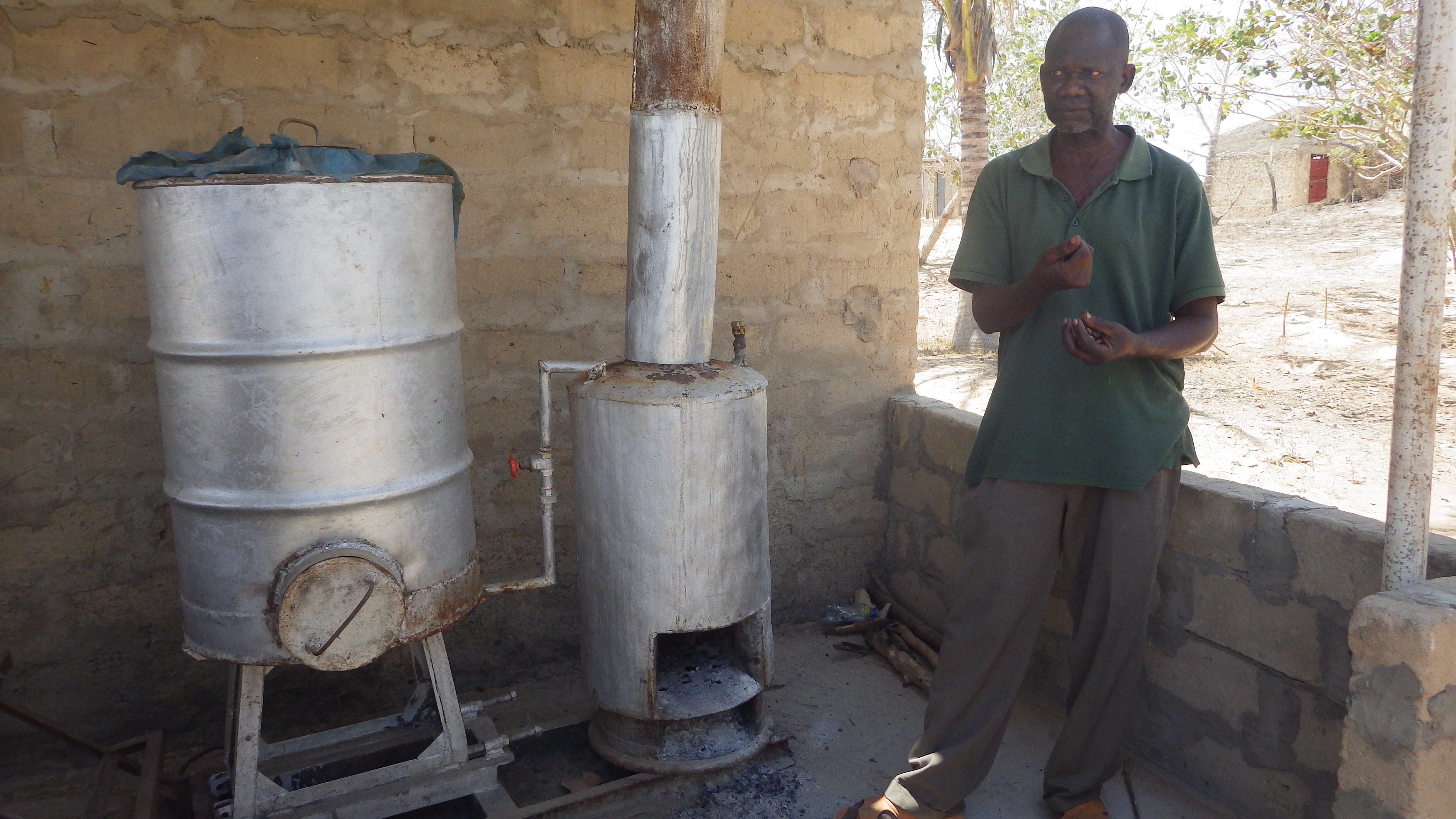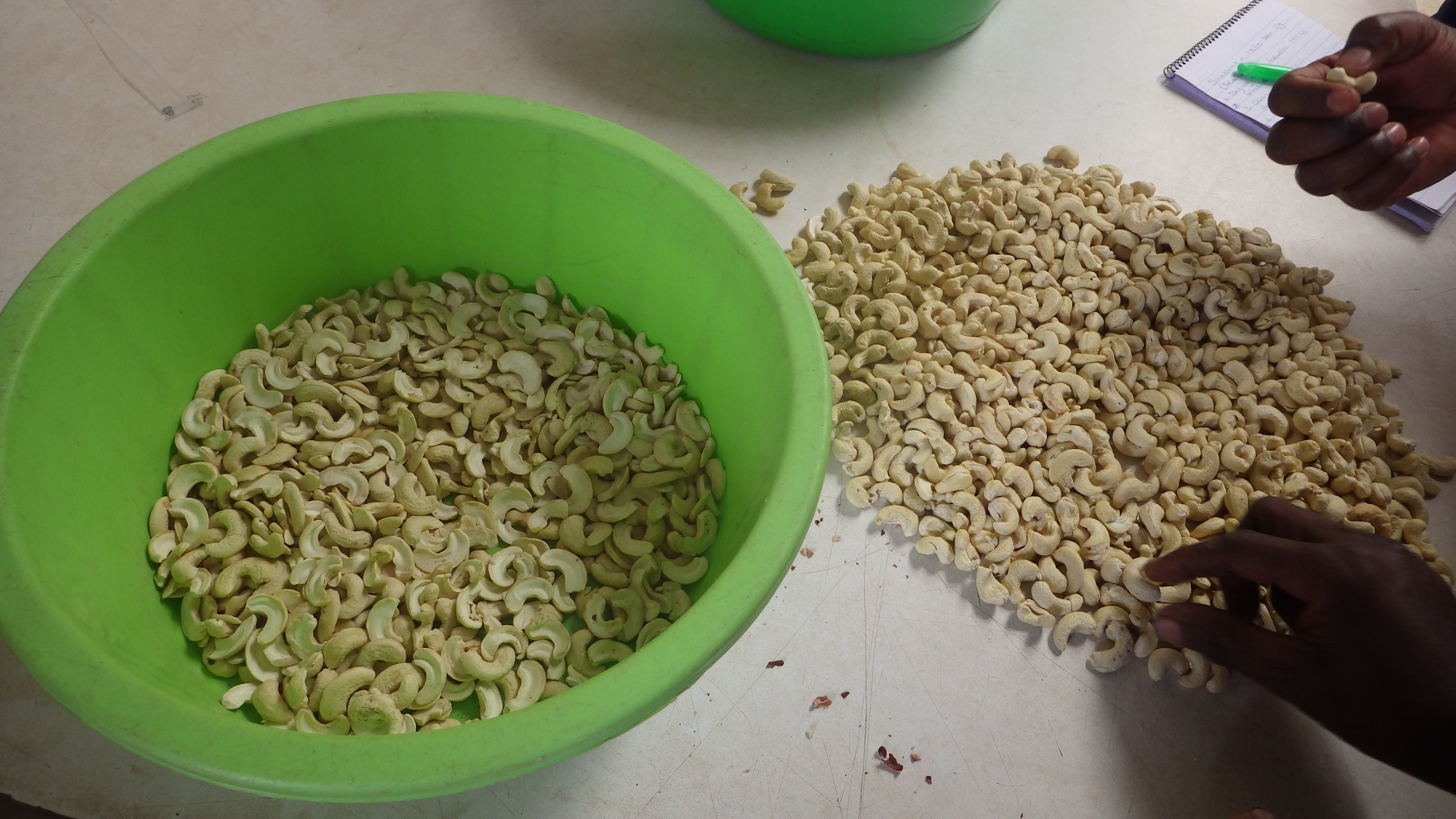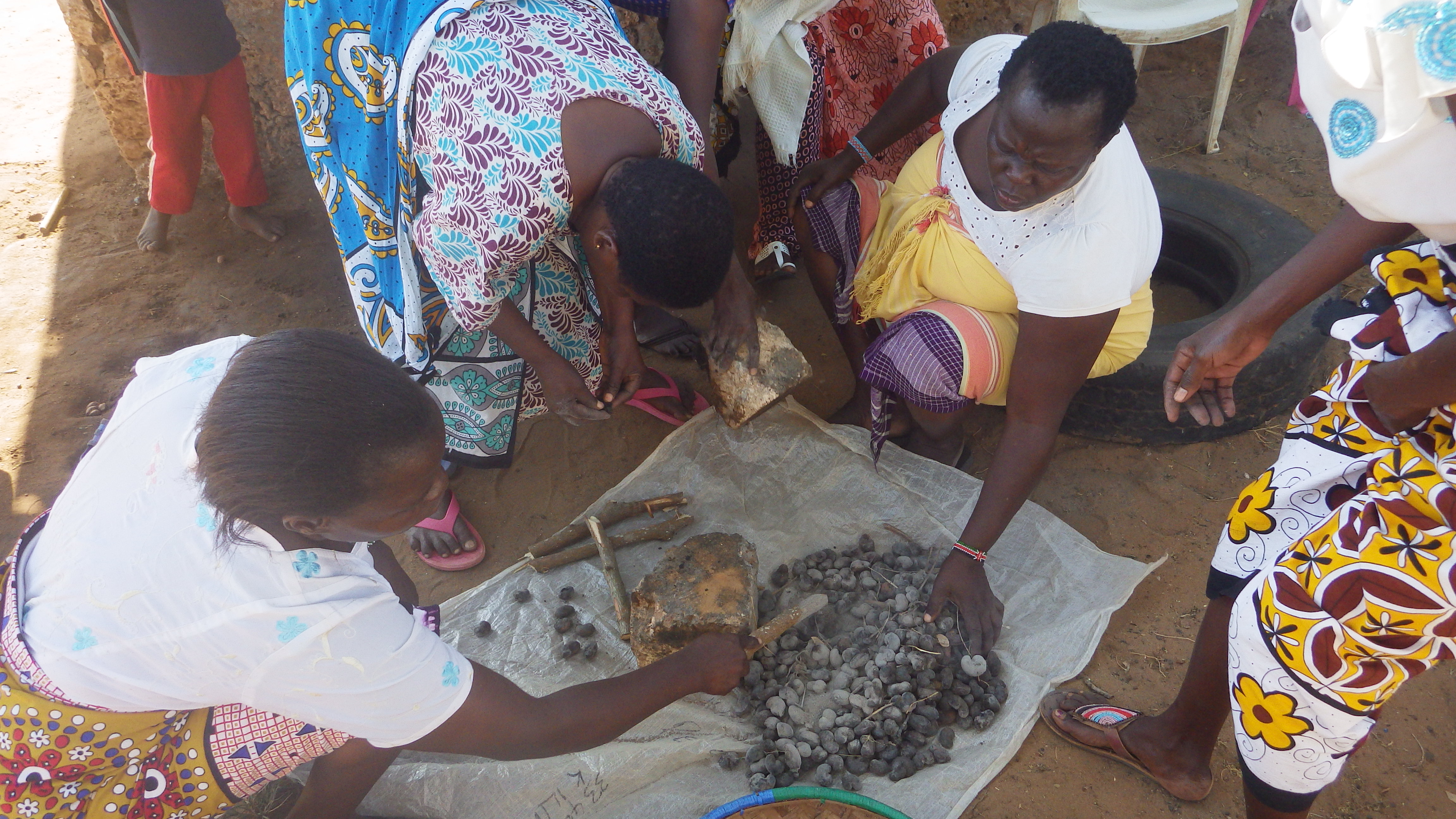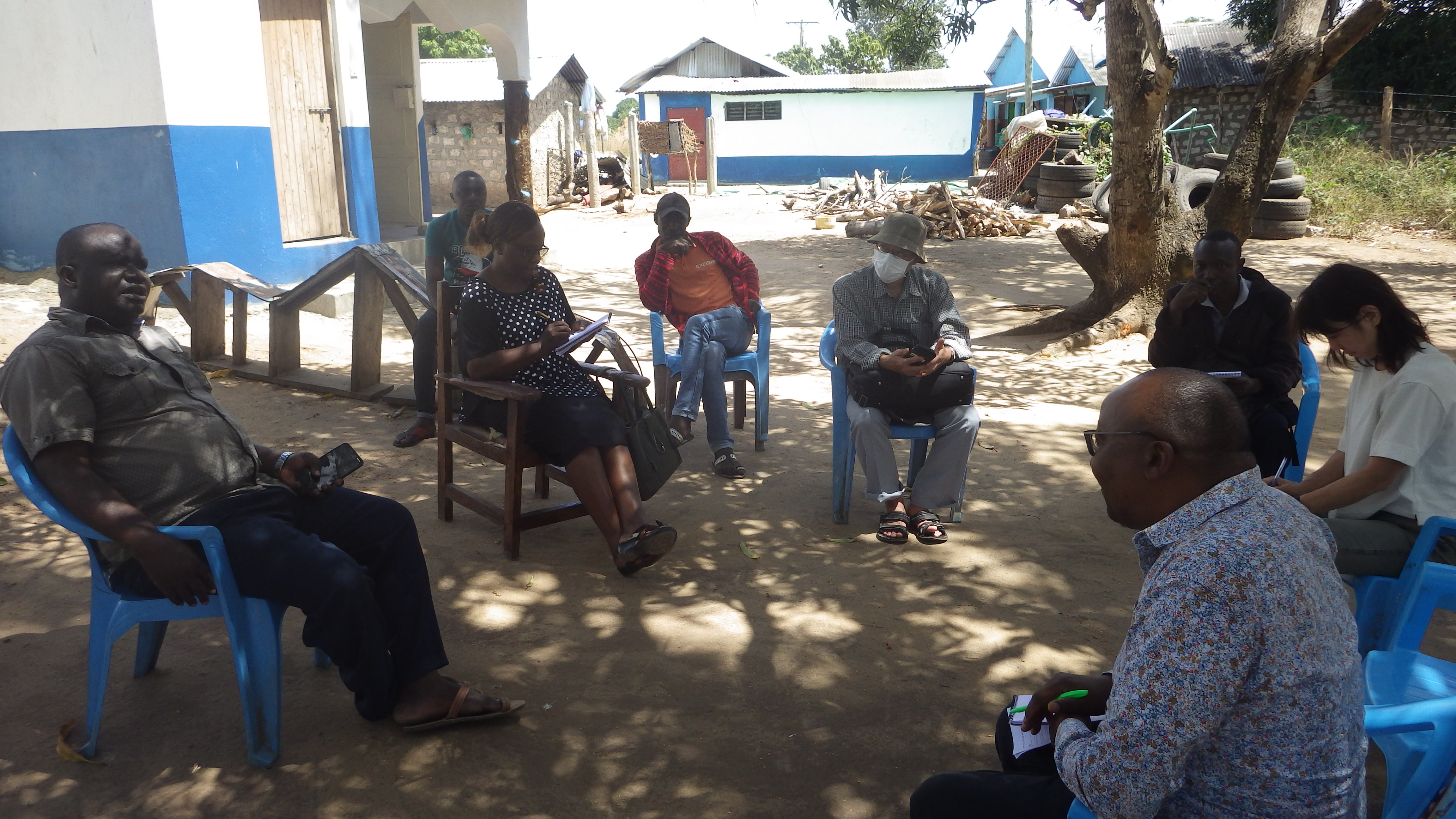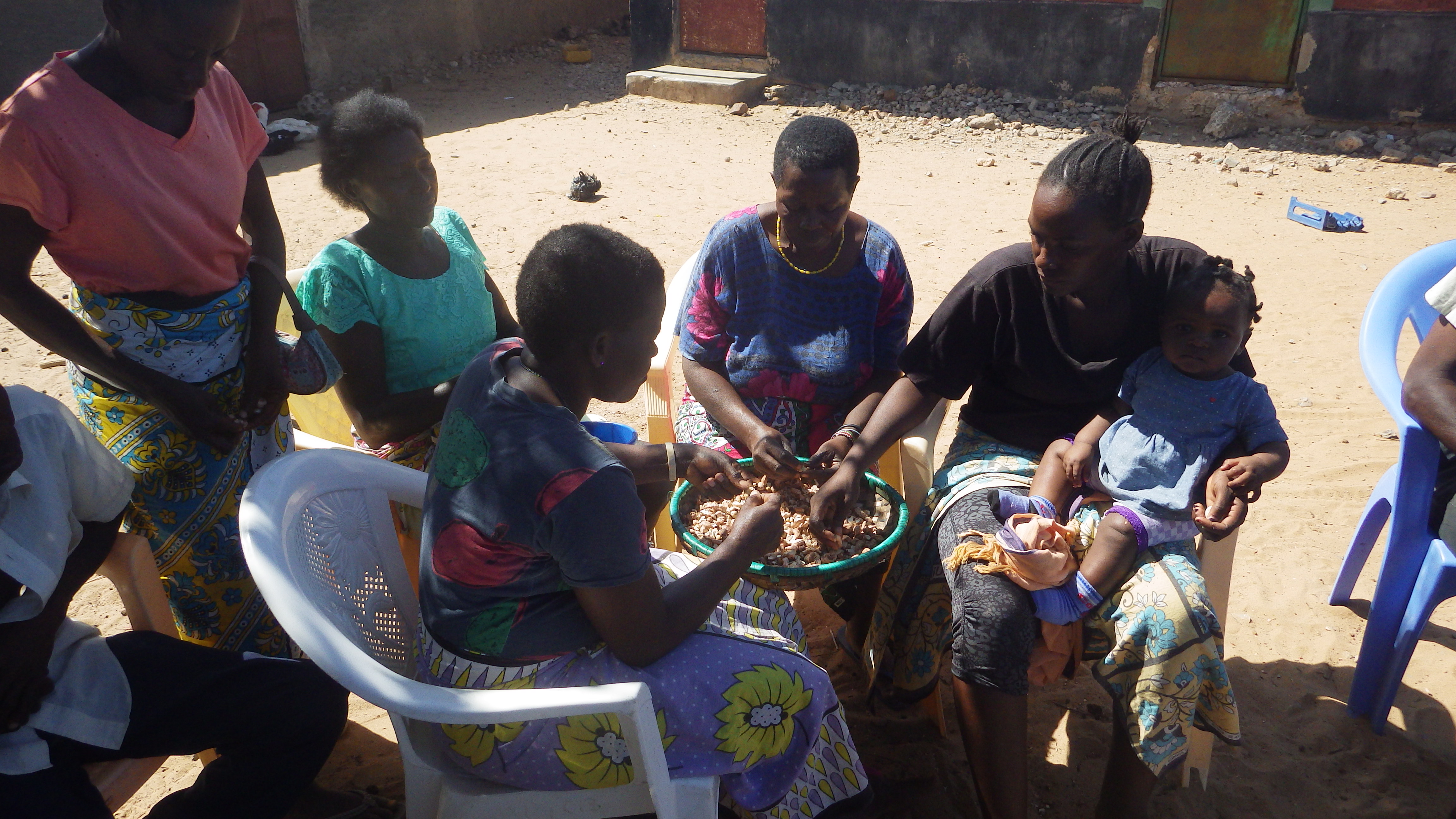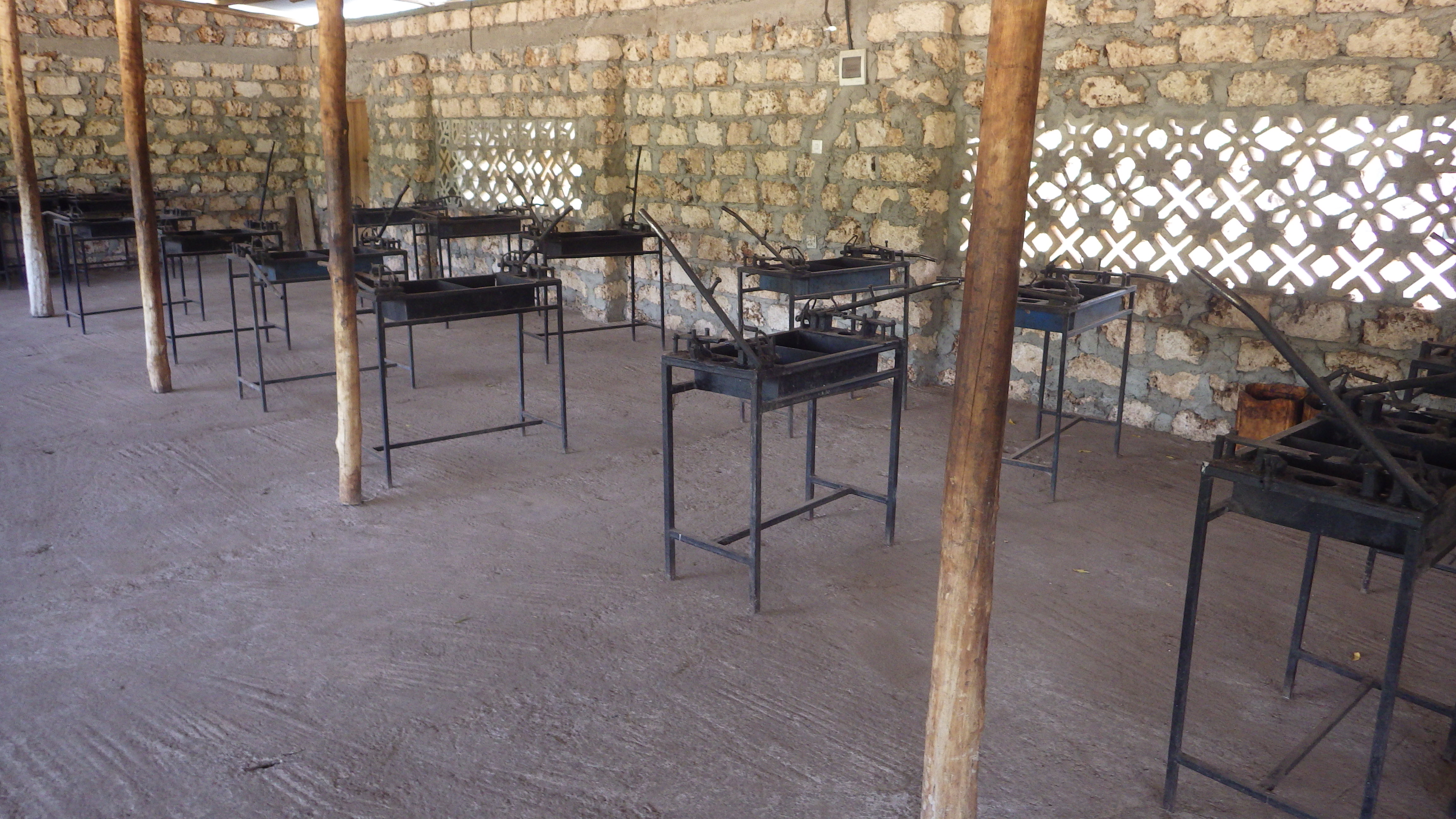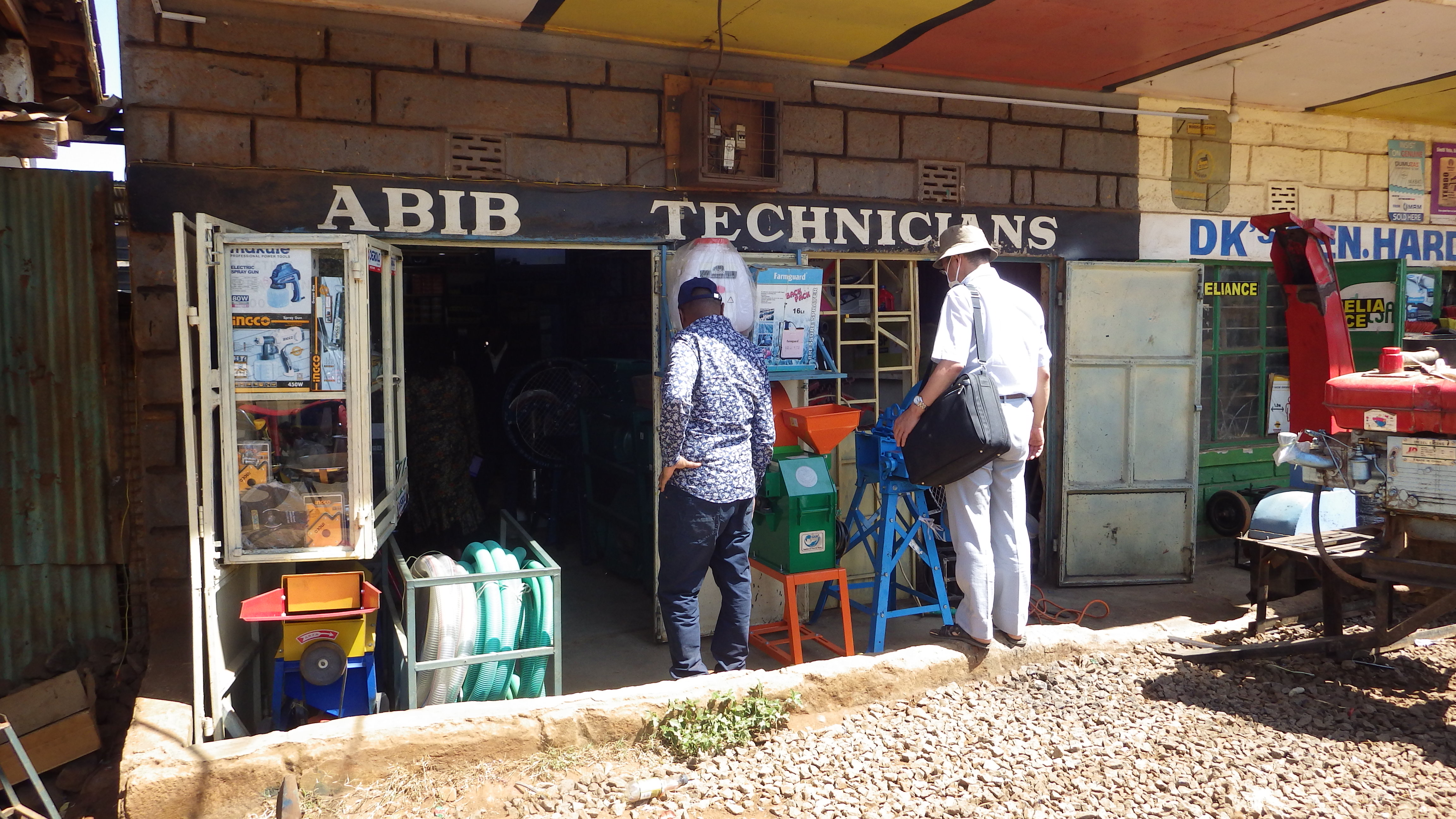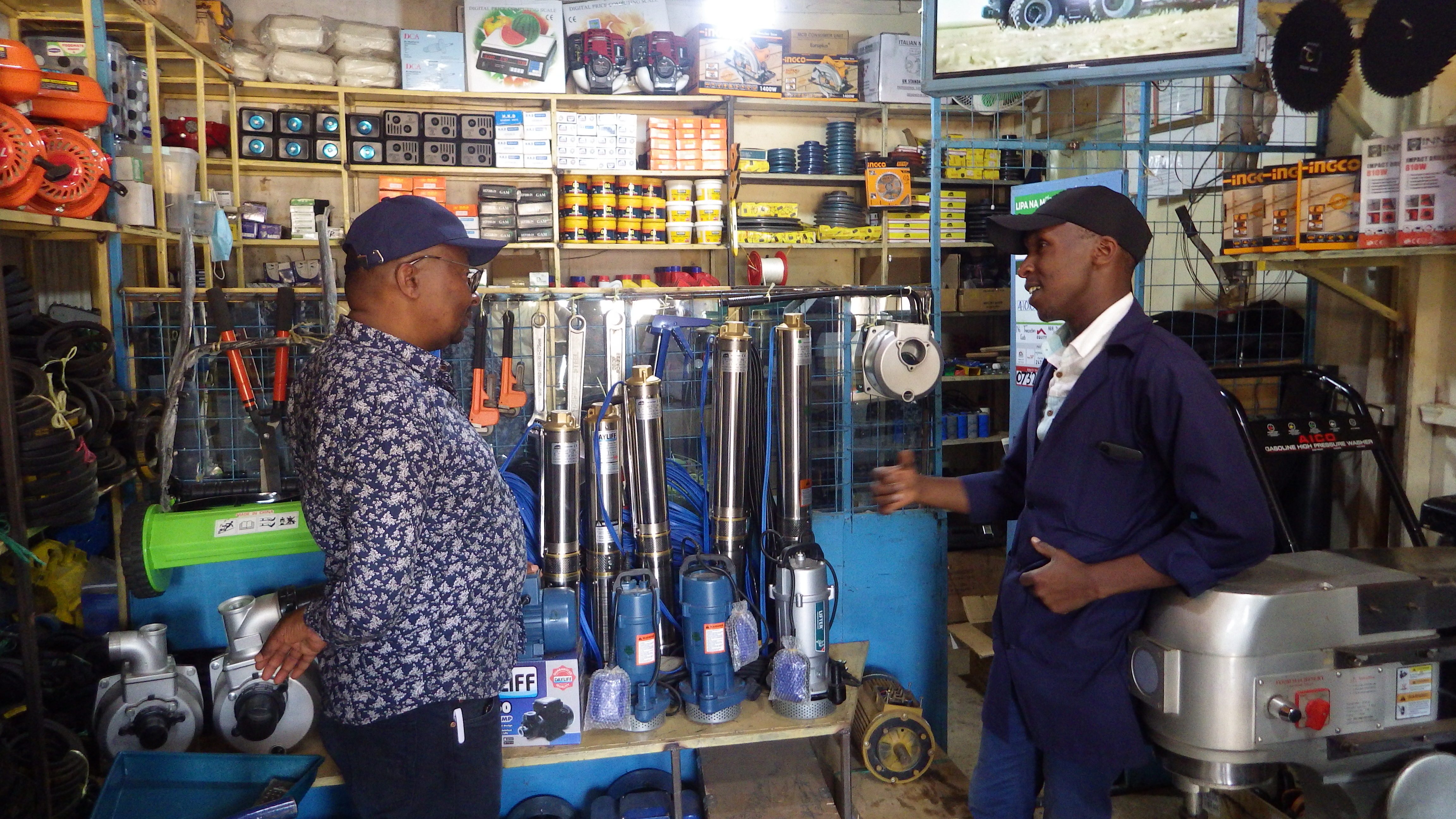Project for smallholder empowerment & Agribusiness promotion in the Republic of Kenya
Project for smallholder empowerment and Agribusiness promotion borrows from success of various phases of SHEP which were promoting SHEP approach. From 2006 to 2010 (SHEP), 2010-2015 (SHEP UP),2015 to 2020 (SHEP PLUS) and 2020 to 2025 (SHEP Biz). The current phase has two components, Component 1; which promotes SHEP Approach and Component 2; Value Chain and Agribusiness promotion. The second component of SHEP Biz was formed to contribute to the achievement of Agriculture Sector Transformation and Growth Strategy (ASTGS) which is a development strategy for the agricultural sector from 2019-2029.The ASTGS shall be implemented through three anchors which are geared towards, firstly, to increase small-scale farmer incomes, secondly to increase agricultural output and value addition and lastly to boost household food resilience. The project shall contribute to increasing smallholder farmers’ income and to increase agricultural output and value addition. The project shall also support the Economic pillar of Kenya’s Vision 2030 which focuses to maintain a sustained economic growth of 10% per year upto the year 2030. In choosing value chains and target Counties County Integrated Development Plan (CIDP) was considered alongside an elaborate selection criteria. This shall be achieved by addressing the challenges that impede efficiency of the targeted value chains, which are Cashew nut (Kilifi), macadamia (Tharaka Nithi), Avocado (Nakuru), Groundnuts (Homa Bay), and Rice (Busia). In this regard, value chain platforms have been formed for each value chain to oversee the implementation of the strategic action plans which were developed together by the micro actors, meso actors(supporters) and the macro actors (enablers and regulators) of the value chains. Overall project implementation shall be guided by the Programme Design Matrix (2020- 2025). The Overall Goal of the project is to ensure Livelihoods in the target counties are improved and the component purpose is to strengthen the Capacity to support target agribusinesses. The component has two Outputs, the first one to develop interventions to address challenges in the target Value Chains and the second one is to increase business performance of the target MSMEs.






